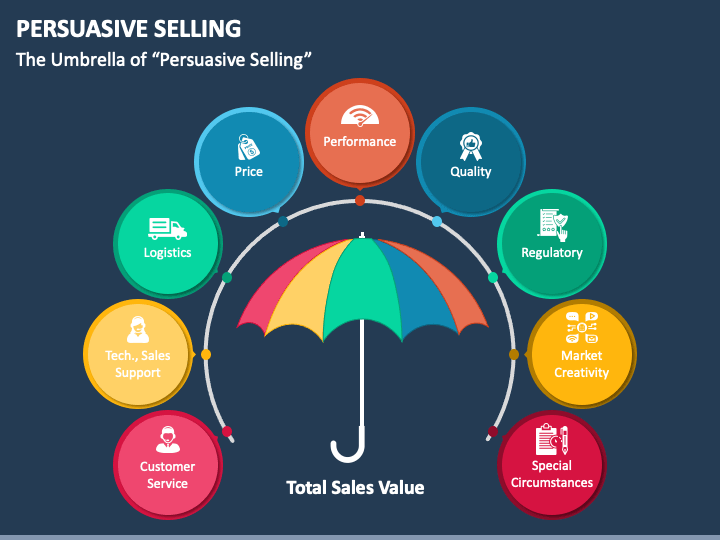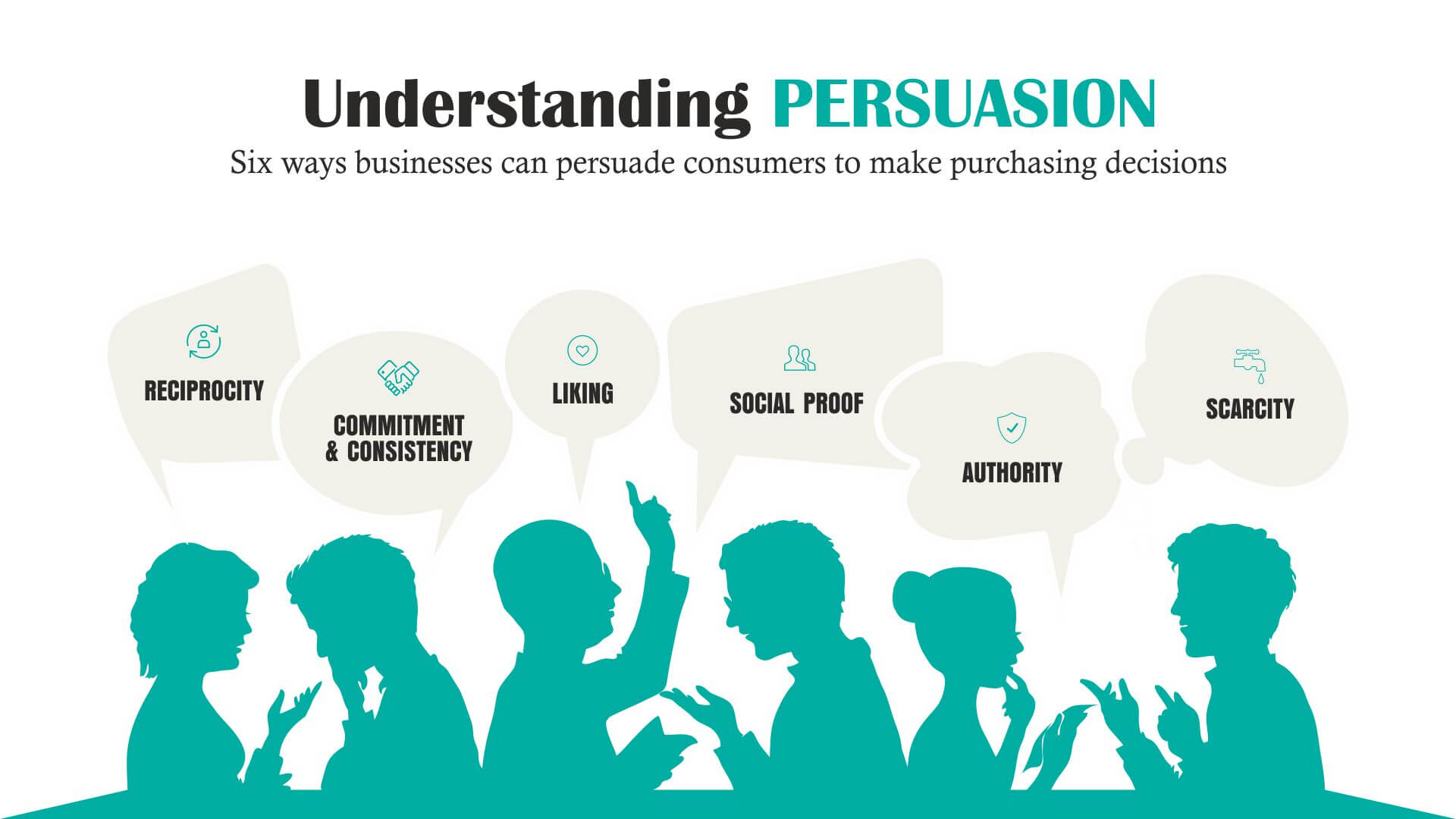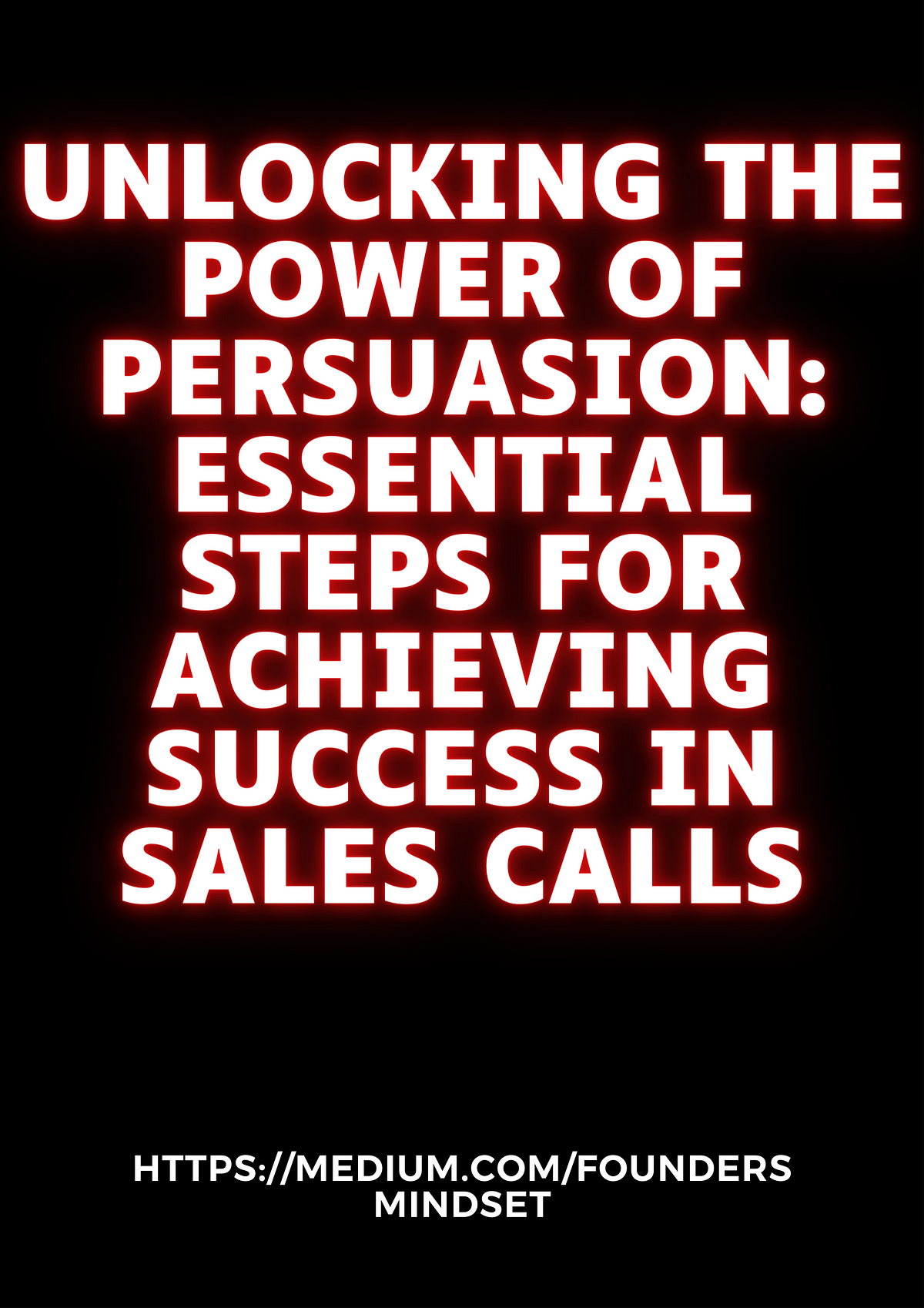Unlocking the Power of Persuasion: A Guide to Selling Your Product or Service

As an architect and interior design expert, I’ve spent years understanding the intricacies of space, functionality, and aesthetics. But my true passion lies in helping people realize their dreams – whether it’s crafting a dream home or building a thriving business. And that’s where the art of persuasion comes in.
You have a product or service you believe in, and you want to share it with the world. But how do you capture attention, spark interest, and ultimately, convince potential customers that your offering is the perfect solution for their needs?

This guide will equip you with the tools and strategies to effectively communicate the value of your product or service. We’ll delve into the psychology of persuasion, explore key features and benefits, and craft compelling narratives that resonate with your ideal customer.
Step 1: Know Your Audience
Before you can effectively communicate the value of your product or service, you need to understand who you’re talking to. This involves defining your ideal customer – the person who would benefit most from your offering.

Here’s how to get to know your ideal customer:
- Demographics: Age, gender, location, income level, education, occupation, family size, lifestyle.
- Psychographics: Values, beliefs, interests, hobbies, motivations, aspirations, fears, pain points.
- Behavioral: Buying habits, online behavior, brand preferences, media consumption.


Example:

Let’s say you’re selling a high-end, sustainable kitchen countertop made from recycled materials. Your ideal customer might be:
- Demographics: 35-55 years old, homeowner, above-average income, environmentally conscious, interested in design and home improvement.
- Psychographics: Values sustainability and ethical sourcing, enjoys cooking and entertaining, seeks unique and high-quality products, prioritizes aesthetics and functionality.
- Behavioral: Active on social media, reads design blogs, shops online, frequents home improvement stores.



Step 2: Identify Key Features and Benefits
Once you understand your ideal customer, you can pinpoint the features and benefits that matter most to them.

Features:
- These are the tangible aspects of your product or service. They describe what it is and how it works.
- Examples:
- Kitchen countertop: Made from recycled materials, durable, scratch-resistant, heat-resistant, available in various colors and finishes.
- Online course: Video lessons, downloadable resources, interactive exercises, access to a private community forum.



Benefits:
- These are the intangible advantages your customer receives from using your product or service. They address the "what’s in it for me?" question.
- Examples:
- Kitchen countertop: Reduces environmental impact, creates a stylish and functional kitchen space, adds value to your home, enhances your lifestyle.
- Online course: Develops new skills, improves knowledge, increases confidence, opens up new career opportunities.
Step 3: Create a Compelling Narrative
Now that you’ve identified key features and benefits, it’s time to weave them into a compelling narrative that resonates with your ideal customer.
Here are some tips for crafting an effective narrative:
- Focus on the "why": Don’t just list features; explain why they matter to your customer.
- Use storytelling: Engage your audience with personal anecdotes, relatable scenarios, and vivid descriptions.
- Highlight the emotional benefits: Appeal to your customer’s desires, aspirations, and fears.
- Use strong visuals: Images, videos, and graphics can enhance your narrative and make it more memorable.
- Keep it concise: Get to the point quickly and avoid overwhelming your audience with too much information.
Example:
Instead of:
"Our kitchen countertops are made from recycled materials, which are durable and scratch-resistant."
Try:
"Imagine a kitchen that’s both stylish and sustainable. Our countertops are crafted from recycled materials, offering a unique look and feel while minimizing your environmental footprint. They’re also incredibly durable, so you can enjoy them for years to come."
Step 4: Emphasize the Unique Selling Proposition (USP)
Your USP is what makes your product or service stand out from the competition. It’s the single most important reason why your ideal customer should choose you.
Here are some ways to identify your USP:
- Solve a specific problem: Does your product or service address a unique pain point for your target audience?
- Offer a unique feature or benefit: Do you have something that your competitors don’t?
- Target a specific niche: Are you catering to a specific group of people with unique needs and desires?
Example:
- USP for the sustainable kitchen countertop: "The only countertop made from 100% recycled materials, certified by [respected environmental organization]."
Step 5: Showcase Social Proof
Social proof is the idea that people are more likely to do something if they see others doing it. It’s a powerful tool for building trust and credibility.
Here are some ways to leverage social proof:
- Customer testimonials: Share positive reviews and stories from satisfied customers.
- Awards and recognitions: Highlight any accolades or industry recognition you’ve received.
- Media mentions: Showcase articles, blog posts, or news segments that feature your product or service.
- Social media engagement: Show off your active online community and positive interactions.
Step 6: Offer a Clear Call to Action
Tell your customers exactly what you want them to do. Make it easy for them to take the next step.
Examples:
- "Visit our website to learn more."
- "Schedule a free consultation today."
- "Download our free ebook."
- "Sign up for our email list."
Step 7: Continuously Iterate and Improve
The art of persuasion is an ongoing process. Pay attention to customer feedback, analyze your results, and make adjustments as needed.
Here are some ways to track your progress:
- Website analytics: Monitor traffic, engagement, and conversions.
- Social media metrics: Track likes, shares, comments, and website clicks.
- Customer surveys: Gather feedback on your product, service, and marketing efforts.
Remember: The key to effective communication is to understand your audience, highlight the benefits that matter most to them, and tell a compelling story that resonates with their needs and desires.
